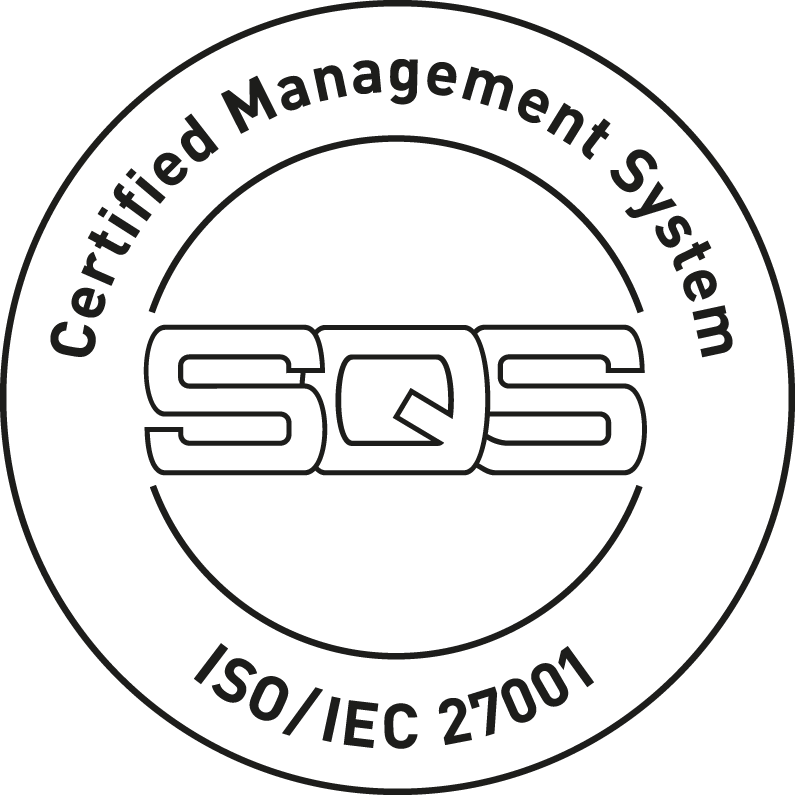Today, social networks have become showcases for not only our skills but also our opinions, passions and behaviour. For HR professionals, integrating social media into a background check can be a valuable asset to secure a hire. But this approach also comes with risks. That’s why it must be carried out with care, to avoid legal or ethical pitfalls. In this article, we guide you on how to identify red flags without crossing the legal boundaries of Swiss law.

Why include social networks in your background checks?
Think of a candidate’s LinkedIn profile as a shop window: what’s on display is carefully chosen and presented, but a discerning eye will also be able to read between the lines. Social media can complement the information gathered through CVs, interviews, and references. It helps anticipate potential risks related to reputation, team cohesion or regulatory compliance. They help to anticipate risks to reputation, team cohesion or regulatory compliance.
According to recent studies*, 74% of Linkedin profiles do not match the CVs received by HR managers and 66% of profiles analysed on social networks contain at least one element that could damage reputation.
What you can (and cannot) legally reviewed in Switzerland
Swiss law imposes strict limits to protect privacy and personality rights:
- Only information that is relevant to the role or necessary for fulfilling the employment contract (Art. 328b CO) can be considered.
- Professionally oriented platforms like LinkedIn or Xing may be reviewed freely.
- Personal networks like Facebook, Instagram, TikTok or Snapchat may only be reviewed if the information has been made public by the user.
In short, public information may be collected, but its use must remain proportionate and relevant to the role.
What Red Flags Should You Look for on Social Media?
a. Inconsistencies between CV and online presence
Like puzzle pieces that don’t quite fit together, clear discrepancies should raise questions:
- Diplomas mentioned on the CV are missing from the LinkedIn profile, and vice versa.
- Job titles or timelines that don’t match.
- Professional experience dated differently, or even suspiciously.
This may indicate a lack of transparency or a deliberate attempt to embellish the candidate’s career path.
b. Inappropriate content or risky behaviour
Some public behaviour may represent a risk for your company:
- Hate speech, discriminatory or racist comments.
- Incitement to violence or promotion of illegal behaviour.
- Frequent posts involving harassment, fake news, sexual content, or excessive alcohol use.
These may suggest behaviors that could harm your company’s brand or workplace culture.
c. Negative communication about former employers
Like an athlete who constantly criticises teammates or their coach after a game, a candidate who publicly disparages former employers or colleagues should raise concerns. It may reflect a lack of loyalty or an issue with integration.
d. Commitments incompatible with your company’s values
Visible public involvement in extremist (e.g., political, religious or ideological) groups, illegal activities, or stances that contradict your company’s values may be a red flag. Not only for cultural fit but also for brand protection.
How do you assess a profile?
Remain objective! When carrying out a background check that includes analysing public information on social networks, it is essential to act like a coffee filter: separate the essential elements (professional behaviour) from the “noise” (inoffensive personal opinions). Belonging to a rival football club, for example, is clearly not a legitimate evaluation criterion!
To ensure fairness and consistency, set up a standardised evaluation framework:
- Which platforms will you review?
- What types of content will you consider?
- What criteria are truly job-relevant?
A structured approach helps reduce unconscious bias and ensures compliance with equal treatment principles throughout the recruitment process.
Why should I also monitor my presence on social networks during employment?
Your company’s reputation is closely linked to that of your employees, especially when they publicly identify themselves as members of your organisation, for example by mentioning their title or posting a photo of their workplace. In some sectors, such as banking or insurance, the company even has a legal responsibility for the way in which its employees’ qualifications are presented publicly, so as not to mislead customers. In this context, a periodic analysis of profiles helps to prevent reputational or legal risks, while raising employees’ awareness of good practice.
Best practices for an effective social network background check
1. Always explicitly inform
The best practice remains to explicitly inform your candidates that online reputation checks will be carried out, specifying their scope and purpose. This increases transparency and reduces legal risks.
2. Use professional tools or specialist partners
To avoid any drift or inappropriate processing of data, it is advisable to use professional and
recognised solutions. At Aequivalent, we combine Swiss legal expertise with high-performance digital verification tools to quickly secure your recruitment while respecting the privacy of candidates.
3. Ensure that data is processed
All data processing must be carried out in accordance with the principles of good faith, in a lawful and proportionate manner and in compliance with the specified objectives. It is essential to guarantee the accuracy of data (art. 6 FADP – Federal Act on Data Protection) and to comply with all the requirements laid down in data protection legislation.
4. Document results for greater transparency
All data collected must be documented in a professional manner that complies with HR standards. A structured report not only supports your recruitment decisions but also proves your diligence in the event of a dispute.
5. Use the analyses to raise awareness internally
Social media background checks aren’t just for filtering applicants, they can also feed into internal awareness campaigns. Use real-life examples to train teams on company values, reputational risk and your internet presence guidelines. Turn a screening tool into a driver for digital responsibility and corporate culture.
Now it’s your turn
Social media offers HR valuable insights into a candidate’s character, work ethic, and cultural alignment—but it must be approached with method, care, and legal rigor. Start by informing the candidate, focus on job-relevant content and avoid discriminatory practices. This allows you to make informed, fair hiring decisions while respecting privacy and ethics.
Keep in mind that a social media profile is just a snapshot of someone’s life. It must be understood in its proper context when assessing fit for a position and a company culture. By using public social media screening to complement traditional hiring methods, you enhance your recruitment process and ensure an optimal match between candidate and company.
*Source: Aequivalent Integrity Study, 2024
Date of publication: 26.05.2025
Author: Aequivalent’s Marketing and Sales team



